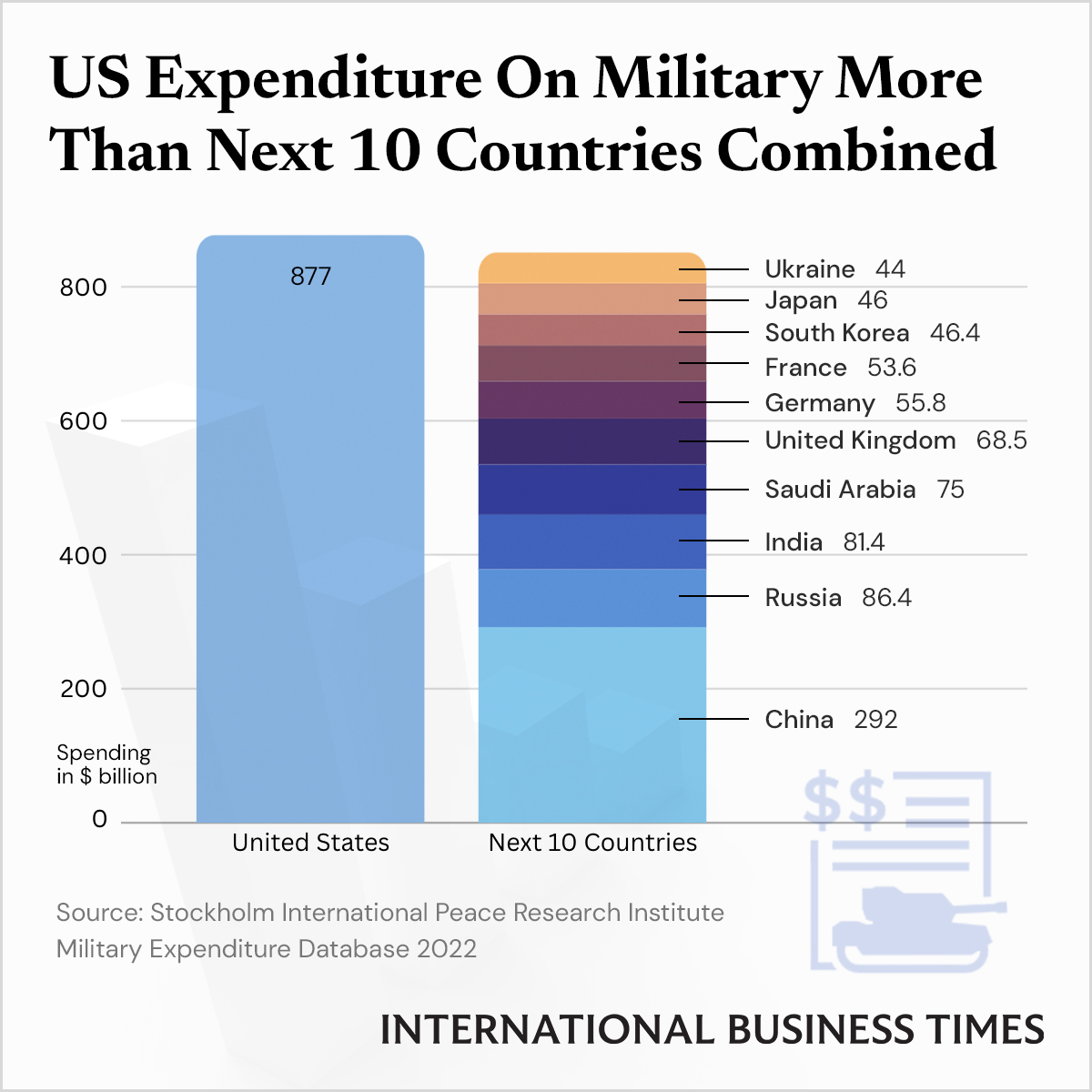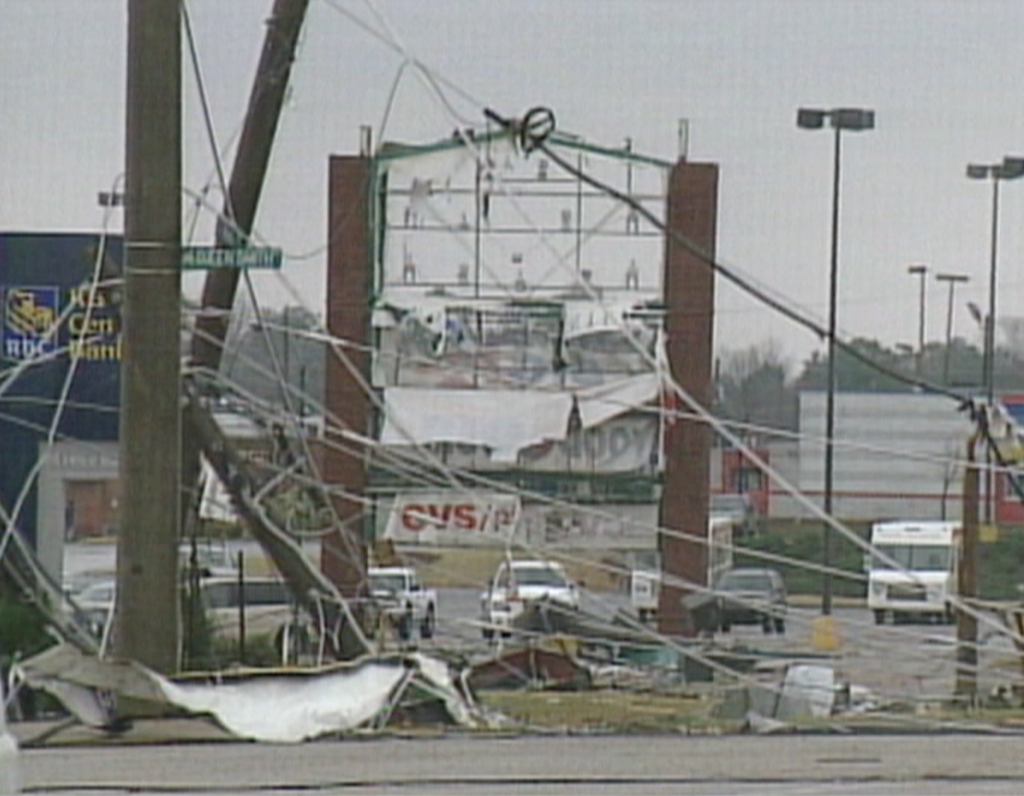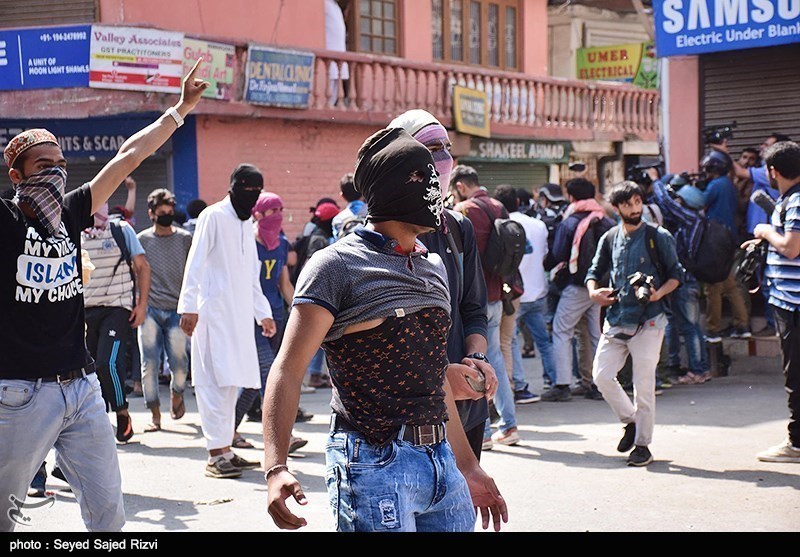Military Spending Surge: A European Reaction To Russia's Actions

Table of Contents
Increased Perceived Threat from Russia
The invasion shattered the post-Cold War security order, highlighting Russia's willingness to use military force to achieve its geopolitical objectives. This has led to a reassessment of the threat posed by Russia and the need for stronger European defenses. The military spending surge in Europe is a direct consequence of this heightened perception of threat.
Shifting Geopolitical Landscape
The annexation of Crimea in 2014 and the ongoing conflict in eastern Ukraine served as early warnings. However, the full-scale invasion of Ukraine in 2022 removed any lingering doubt about Russia's intentions. This dramatic escalation has fundamentally reshaped the European security architecture.
- Increased Russian military activity near European borders: The deployment of troops and military equipment near NATO member states has created a sense of immediate threat.
- Annexation of Crimea and ongoing conflict in eastern Ukraine: These actions demonstrated Russia's willingness to violate international law and territorial integrity.
- Growing concerns about Russian hybrid warfare tactics: Russia's use of disinformation, cyberattacks, and other non-military means to destabilize its neighbors has raised significant concerns.
- Propaganda and disinformation campaigns aimed at destabilizing European societies: The spread of misinformation and divisive narratives undermines societal cohesion and weakens resilience against Russian aggression.
NATO's Role in Strengthening Collective Defense
NATO has played a crucial role in responding to this increased threat. The alliance has reinforced its collective defense posture, emphasizing the importance of burden-sharing and mutual support. The resulting military spending surge in Europe, particularly among NATO members, reflects this commitment to collective security.
- Enhanced NATO presence in Eastern Europe: The deployment of additional troops and military equipment to Eastern European member states strengthens deterrence and reassures allies.
- Increased military exercises and deployments: Regular exercises and deployments demonstrate NATO's resolve and readiness to respond to any aggression.
- Strengthened intelligence sharing and cooperation: Improved intelligence sharing enhances situational awareness and allows for a more coordinated response to threats.
- Renewed focus on Article 5 collective defense commitment: The reaffirmation of the principle of collective defense underscores the alliance's commitment to mutual protection.
National Security Concerns and Domestic Political Pressures
The military spending surge in Europe is not solely driven by external threats; it's also fueled by national security concerns and domestic political pressures.
National Defense Budgets
Many European nations have announced substantial increases in their national defense budgets. This reflects a determination to modernize their armed forces and enhance their national security capabilities in the face of the perceived threat.
- Specific examples of countries increasing military spending: Germany, Poland, and the United Kingdom, among others, have committed to significant increases in their defense budgets.
- Discussion of percentage increases and planned investments in new equipment: These increases represent a substantial commitment of national resources to defense modernization.
- Analysis of the impact of these increases on national economies: While beneficial for defense preparedness, these increases also have economic implications that need careful management.
Public Opinion and Political Will
Public opinion in many European countries has shifted significantly in favor of increased defense spending. This shift, driven largely by Russia's aggression, has provided political leaders with the necessary public support to implement significant changes in defense policy. This public support is a crucial factor underpinning the military spending surge in Europe.
- Polling data illustrating public support for increased military spending: Surveys show a marked increase in public support for greater defense spending across several European nations.
- Discussion of political debates and the role of public pressure: Public opinion has influenced political debates and pushed governments to prioritize defense spending.
- Analysis of the interplay between public opinion and government policy: The strong correlation between public support and government action highlights the role of public pressure in shaping defense policy.
Modernization of Military Capabilities
The military spending surge in Europe is not just about increasing the size of armed forces; it's also about modernizing capabilities and investing in cutting-edge technologies.
Investment in New Technologies
European nations are investing heavily in advanced technologies to counter Russian advancements and ensure their armed forces maintain a technological edge.
- Investments in cyber warfare capabilities: The increasing importance of cyber security is reflected in substantial investments in defensive and offensive cyber capabilities.
- Acquisition of advanced weaponry and defense systems: European nations are acquiring advanced weaponry, including air defense systems and precision-guided munitions.
- Focus on improving intelligence gathering and analysis: Enhanced intelligence capabilities are crucial for effective defense planning and timely response to threats.
Strengthening European Defense Cooperation
European nations are increasingly cooperating on defense issues to improve efficiency and effectiveness. This includes joint procurement projects and enhanced military interoperability. This cooperation is crucial for maximizing the impact of the military spending surge in Europe.
- Examples of joint defense initiatives and projects: Several initiatives aim to pool resources and coordinate defense efforts across European nations.
- Discussion of the benefits and challenges of European defense cooperation: While cooperation offers significant advantages, it also presents challenges related to national sovereignty and decision-making processes.
- Analysis of the impact on national sovereignty and decision-making: Balancing the need for cooperation with the preservation of national sovereignty is a key consideration.
Conclusion
The military spending surge in Europe is a direct and significant response to Russia's aggression in Ukraine. Driven by increased security concerns, domestic political pressures, and the need for modernization, European nations are significantly increasing their defense budgets and strengthening their military capabilities. This represents a profound shift in European security policy, requiring sustained commitment and strategic cooperation to address long-term challenges. Understanding the factors driving this military spending surge in Europe is crucial to comprehending the evolving geopolitical landscape and the future of European security. Continue to monitor developments surrounding military spending in Europe to stay informed about this critical shift in international relations. The implications of this European military spending surge are far-reaching and will continue to shape the security environment for years to come.

Featured Posts
-
 Duponts 11 Point Masterclass Secures Frances Win Against Italy
May 01, 2025
Duponts 11 Point Masterclass Secures Frances Win Against Italy
May 01, 2025 -
 Verdict Reached In Chris Kaba Shooting Case Officer Not Guilty Of Murder
May 01, 2025
Verdict Reached In Chris Kaba Shooting Case Officer Not Guilty Of Murder
May 01, 2025 -
 Louisville Tornado 11 Years Later Remembering The Storm
May 01, 2025
Louisville Tornado 11 Years Later Remembering The Storm
May 01, 2025 -
 L Accompagnement Numerique Un Atout Pour L Organisation De Vos Thes Dansants
May 01, 2025
L Accompagnement Numerique Un Atout Pour L Organisation De Vos Thes Dansants
May 01, 2025 -
 Kshmyr Myn Bharty Fwj Ky Karrwayy Eyd Pr Nwjwan Ky Shhadt
May 01, 2025
Kshmyr Myn Bharty Fwj Ky Karrwayy Eyd Pr Nwjwan Ky Shhadt
May 01, 2025
